 measuring constant voltage value of 100 V. It is produced by the bridge circuit for the transistors T1 and T2. In one diagonal bridge included a measuring device in the other power source.
measuring constant voltage value of 100 V. It is produced by the bridge circuit for the transistors T1 and T2. In one diagonal bridge included a measuring device in the other power source.A simple voltmeter
 measuring constant voltage value of 100 V. It is produced by the bridge circuit for the transistors T1 and T2. In one diagonal bridge included a measuring device in the other power source.
measuring constant voltage value of 100 V. It is produced by the bridge circuit for the transistors T1 and T2. In one diagonal bridge included a measuring device in the other power source.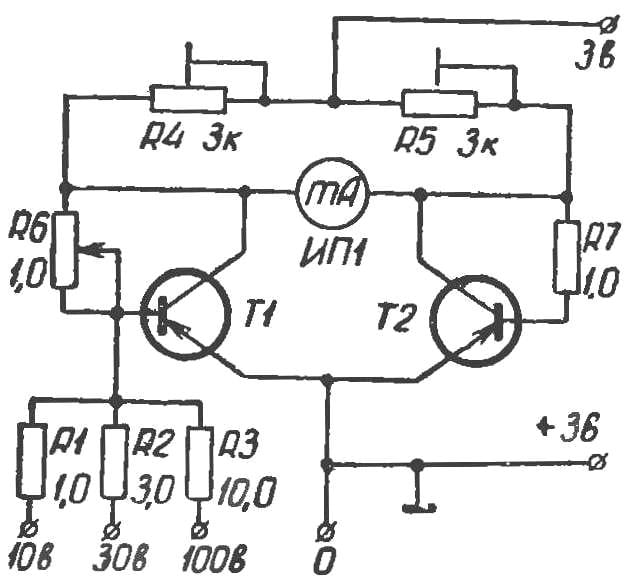
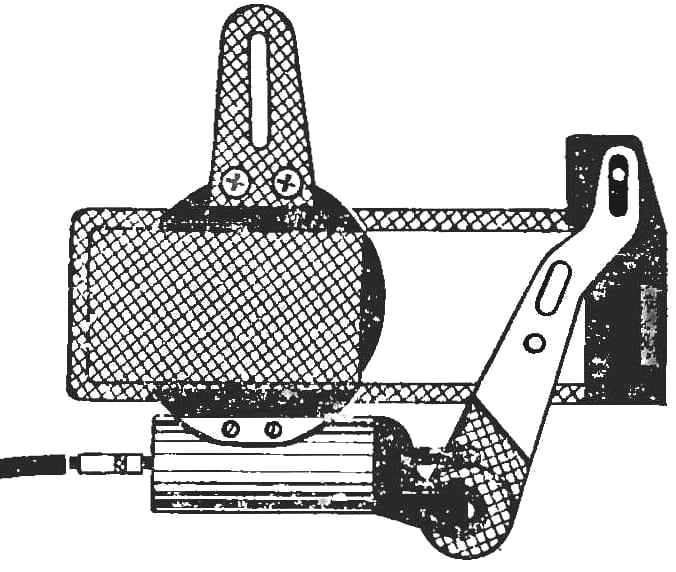
 For twelve years Hobbies quinoloneresistant I developed and produced a number of useful gadgets to the cameras: for filming with the influx, defocusing, with multiplier prisms, feedback survey, obtaining combined titles and many others.
For twelve years Hobbies quinoloneresistant I developed and produced a number of useful gadgets to the cameras: for filming with the influx, defocusing, with multiplier prisms, feedback survey, obtaining combined titles and many others.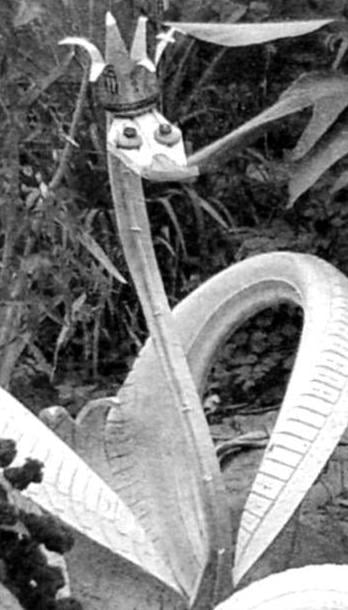
 While on vacation in Anapa with a group of tourists during a short-term bus stop near one of the nearby houses saw in the front garden and managed to photograph is my favourite, “a lake with swans”… from tires. Unfortunately, there was no time to get acquainted with the master of the house, or to learn anything about its composition. But a lot (if not all) is clear from the photos.
While on vacation in Anapa with a group of tourists during a short-term bus stop near one of the nearby houses saw in the front garden and managed to photograph is my favourite, “a lake with swans”… from tires. Unfortunately, there was no time to get acquainted with the master of the house, or to learn anything about its composition. But a lot (if not all) is clear from the photos.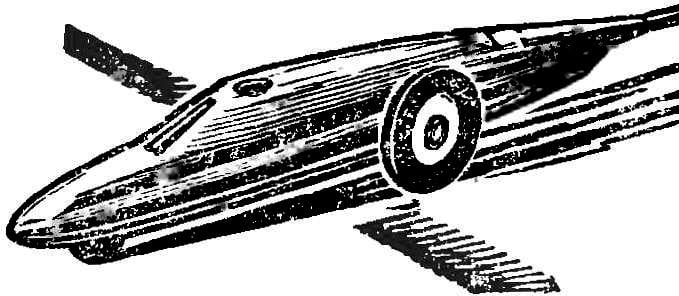
 In the early 70-ies before the Soviet athletes-automodellista was a challenge: dvuhsotmetrovy to exceed the threshold speed in the class of models 2.5 cm3. These days, the speed has mastered many of the leading athletes. A sharp jump occurred in 1973, when during the season a few models exceeded the speed of 220 km/h.
In the early 70-ies before the Soviet athletes-automodellista was a challenge: dvuhsotmetrovy to exceed the threshold speed in the class of models 2.5 cm3. These days, the speed has mastered many of the leading athletes. A sharp jump occurred in 1973, when during the season a few models exceeded the speed of 220 km/h.
 The triumph of the Soviet athlete V. Extencive in the class of models of gliders ended the world championship in 1973. Short nose and a relatively small shoulder are the main design features of the model of a champion. The layout is very different from the standard, which is used by most of our leading modelers.
The triumph of the Soviet athlete V. Extencive in the class of models of gliders ended the world championship in 1973. Short nose and a relatively small shoulder are the main design features of the model of a champion. The layout is very different from the standard, which is used by most of our leading modelers.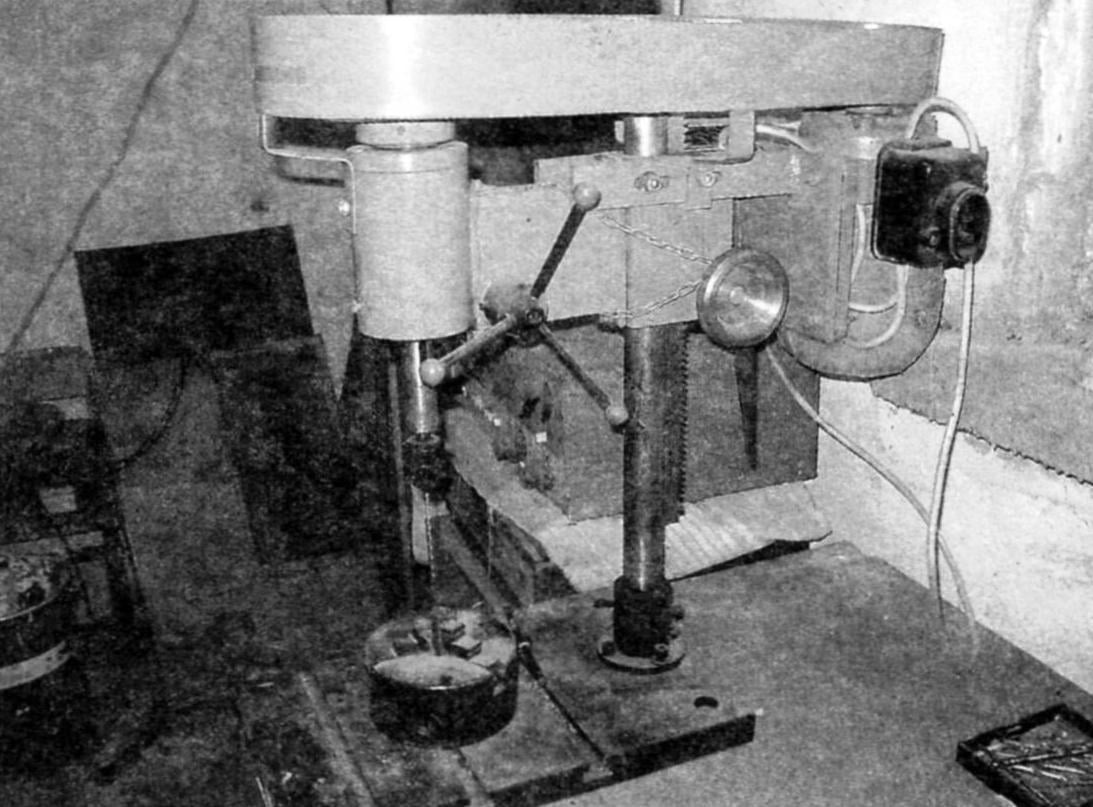
 In the “M-K” №1 – 2015 we have published information about the designs, created in the circle of “Technical creativity” Yakovlevskaya Polytechnic College of the Belgorod region under the leadership Skarina Vasily Yurevich. We present several co-constructions of this team.
In the “M-K” №1 – 2015 we have published information about the designs, created in the circle of “Technical creativity” Yakovlevskaya Polytechnic College of the Belgorod region under the leadership Skarina Vasily Yurevich. We present several co-constructions of this team.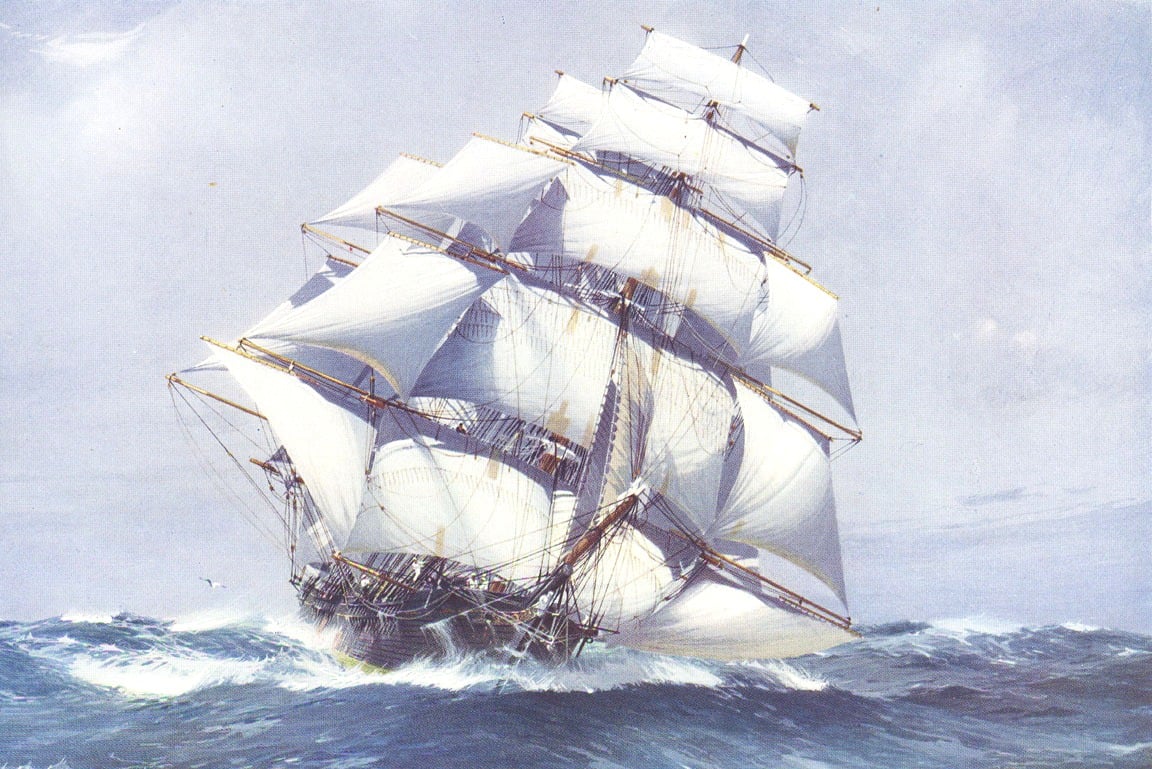
 Ships across the Seven seas. In the history of navigation between 1845 and 1875 called “the Swan song of sail”, or “era of the clipper ships”*. Clipper as a type of sailing ship appeared in America.
Ships across the Seven seas. In the history of navigation between 1845 and 1875 called “the Swan song of sail”, or “era of the clipper ships”*. Clipper as a type of sailing ship appeared in America.
 In Italy, the design and manufacture of helicopters is concentrated mainly in the company Agusta (Construzione Aeronautiche Giovanni Agusta SpA), located in Gallart in the North of the country. In 50-ies of the last century Agusta started the licensed production of helicopters, American firms Bell, Boeing Vertol co and Sikorsry Aircraft.
In Italy, the design and manufacture of helicopters is concentrated mainly in the company Agusta (Construzione Aeronautiche Giovanni Agusta SpA), located in Gallart in the North of the country. In 50-ies of the last century Agusta started the licensed production of helicopters, American firms Bell, Boeing Vertol co and Sikorsry Aircraft.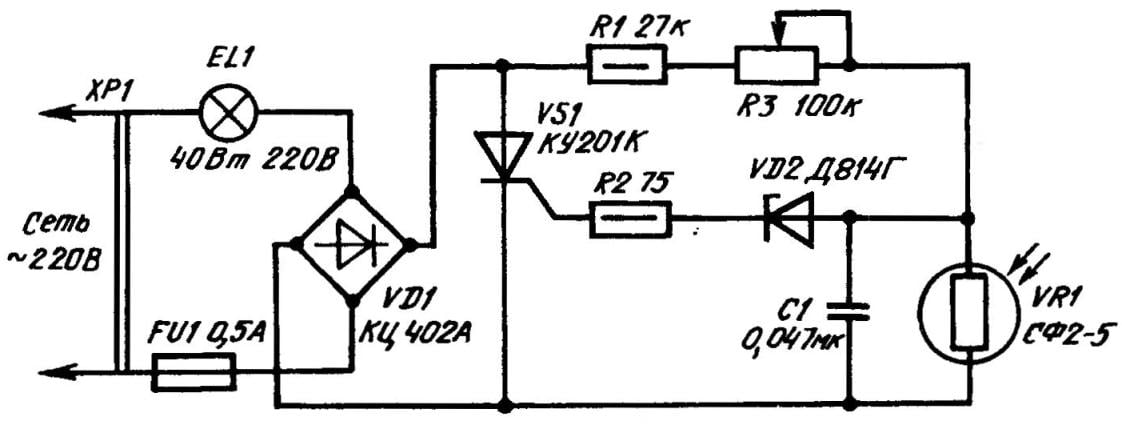
 When lighting and electricity were cheap, the question of cost-conscious approach when choosing lighting stairwells seriously anyone is not intended. But life has taught everyone to count every penny, so convinced of the feasibility of using the machine include a ladder and corridor lighting (ALLCO) there is no need. The question is: which of the many existing developments to choose?
When lighting and electricity were cheap, the question of cost-conscious approach when choosing lighting stairwells seriously anyone is not intended. But life has taught everyone to count every penny, so convinced of the feasibility of using the machine include a ladder and corridor lighting (ALLCO) there is no need. The question is: which of the many existing developments to choose?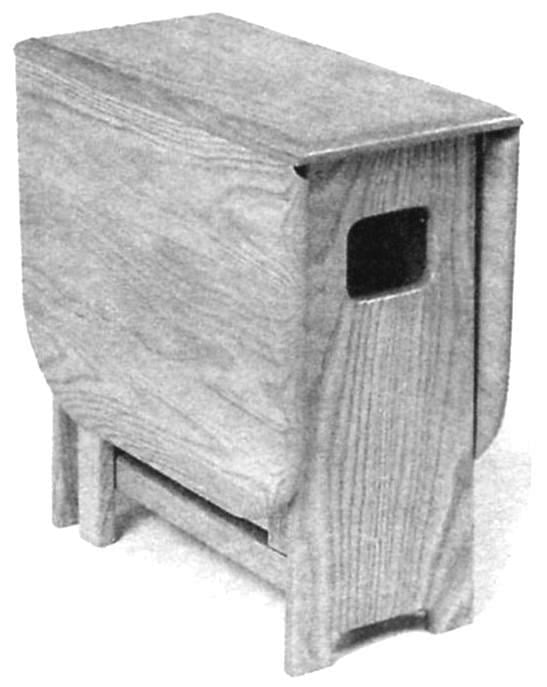

 Tables-books known for a long time and they are invariably in demand since they take up little space. But buy in the store table the right size is not always possible, so often have to rely on their own hands and ingenuity.
Tables-books known for a long time and they are invariably in demand since they take up little space. But buy in the store table the right size is not always possible, so often have to rely on their own hands and ingenuity.